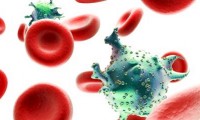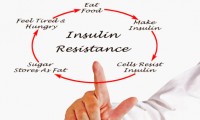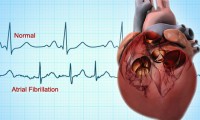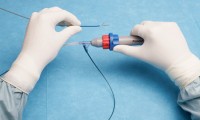-
Biogen Increases Profit Potential on Investigational Alzheimer’s Disease Treatment Aducanumab Through Amended Agreement with Neurimmune Holding AG
- Source: media.biogen
- 457
- October 27, 2017
-
Not Enough Participants
- Source: medicalnewsbulletin
- 694
- October 27, 2017
-
Rheumatoid arthritis may raise COPD risk
- Source: medicalnewstoday
- 539
- October 27, 2017
-
Diabetes–New compounds may lower blood sugar but prevent weight gain
- Source: medicalnewstoday
- 725
- October 26, 2017
-
Blood thinners slash dementia risk in A-fib patients
- Source: medicalnewstoday
- 597
- October 26, 2017
-
FDA warns UVLrx Therapeutics over clinical trial missteps
- Source: massdevice
- 781
- October 26, 2017
-
How to turn damaged heart tissue back into healthy heart muscle—new details emerge
- Source: medicalxpres
- 573
- October 26, 2017
your submission has already been received.
OK
Subscribe
Please enter a valid Email address!
Submit
The most relevant industry news & insight will be sent to you every two weeks.













